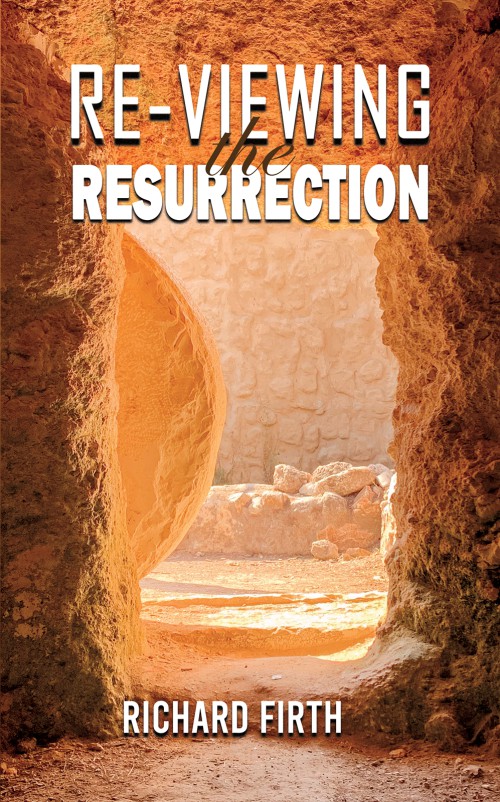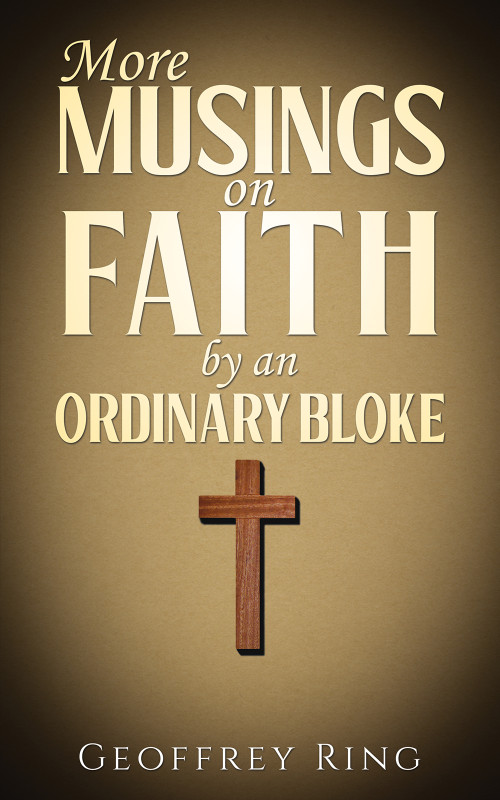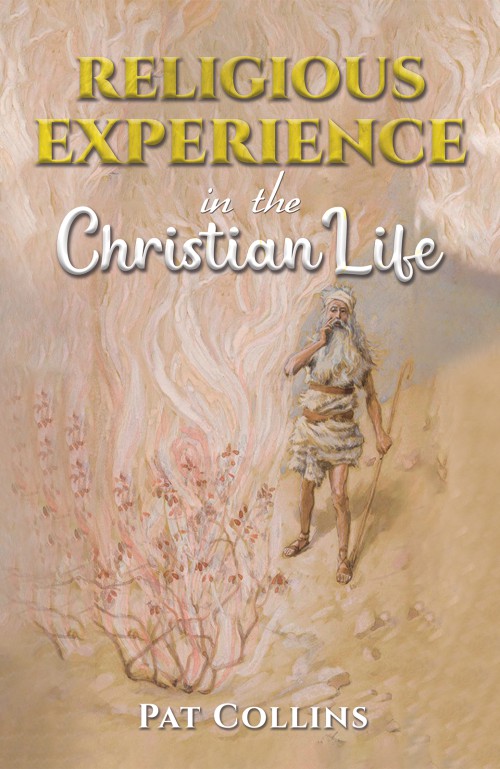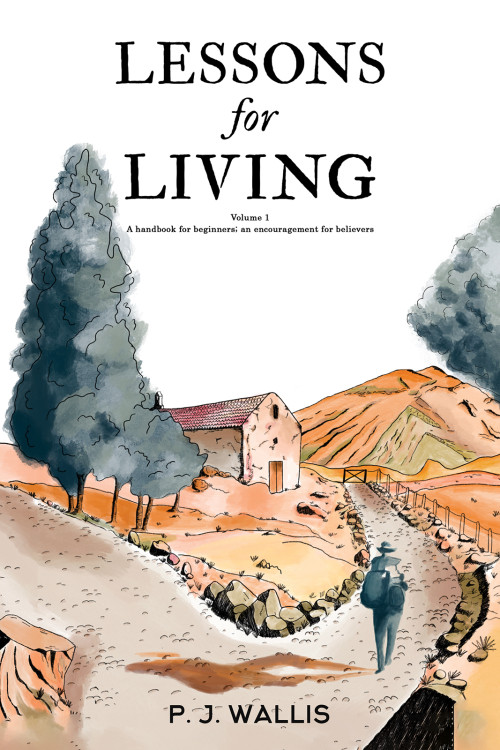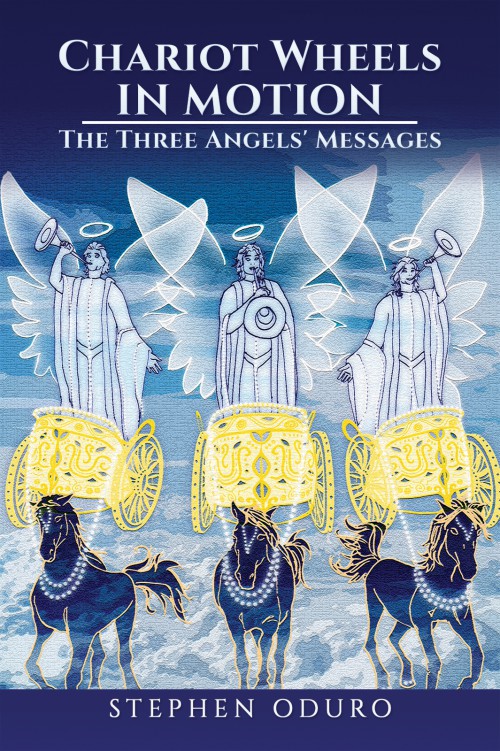The title of this book speaks for itself. The Resurrection is foundational for the Christian faith and an integral element of its doctrine, which is why we need to get as close to the truth as possible. The evidence for the Resurrection is reviewed, seeking to get into and behind the texts of the four gospels, and the minds of those who were there or who wrote about it, with what is believed to be a fresh approach to the events of that third day and whether or not they are an essential part of the original good news of Jesus Christ.

